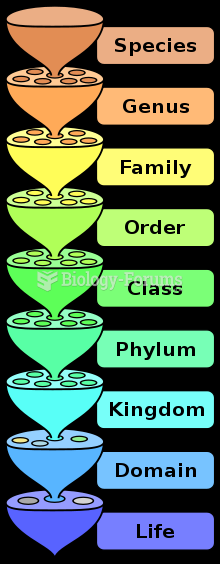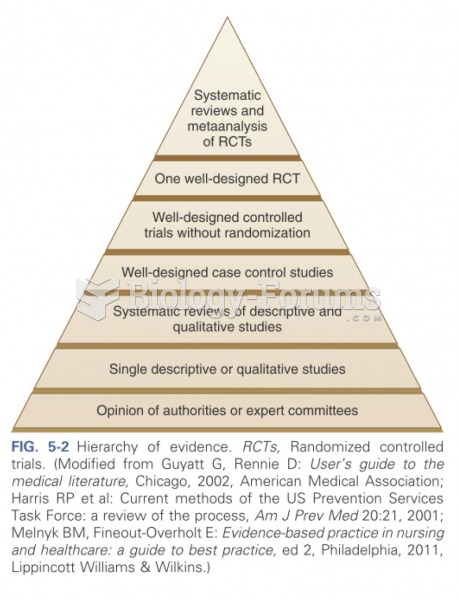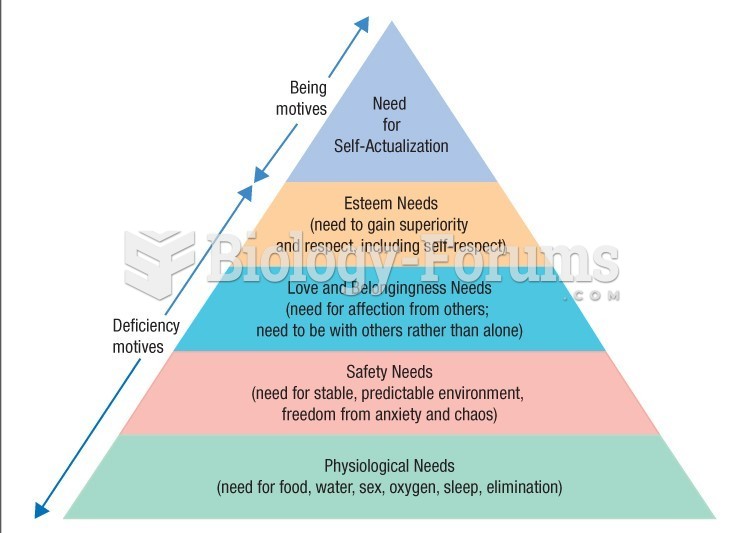Answer to Question 1
ANSWER: b
Answer to Question 2
ANSWER: Assessment refers to the collection of information for the purpose of making educational decisions about children or groups of children or to evaluate a program's effectiveness. Different assessment methods include:
An anecdotal record is a brief, informal narrative account describing an incident of a childs behavior that is important to the observer. It may apply to a specific child or to a group of children.
A checklist is a record of direct observation that involves selecting from a previously prepared list the statement that best describes the behavior observed, the conditions present, growth and development, or the equipment, supplies, and materials available.
A reflective Log or Diary is a teachers or administrators record of the most significant happenings, usually made at the end of the day or during an uninterrupted block of time.
A case study is a way of collecting and organizing all of the information gathered from various sources, including observations of and interviews with the child, to provide insights into the behavior of the individual child studied. Interpretations and recommendations are included.
Portfolio assessment is based on a systematic collection of information about a childs ongoing development and the childs work gathered by both the child and teacher over time from all available sources. A portfolio is a collection of childproduced material, such as worksinprogress, creative drawings,
paintings, and dictated stories; lists of books and stories read; product samples showing a childs strengths and skills samples of a childs self initiated work photographs, audio and video tapes teacher objectives for the child, observations and anecdotal records, developmental checklists; and family interviews and comments.
Careful assessment is especially important when planning for ethnically, culturally, and linguistically diverse young children and for children with special needs or disabilities.






